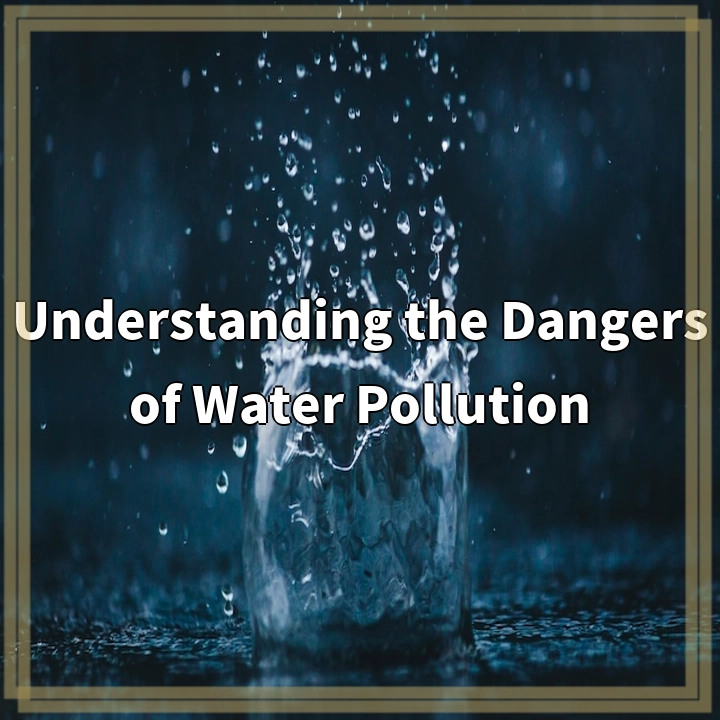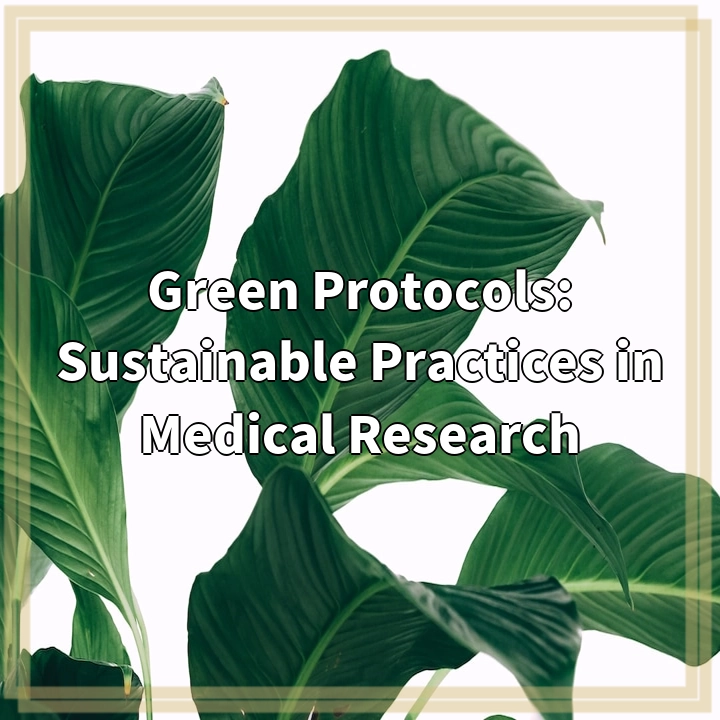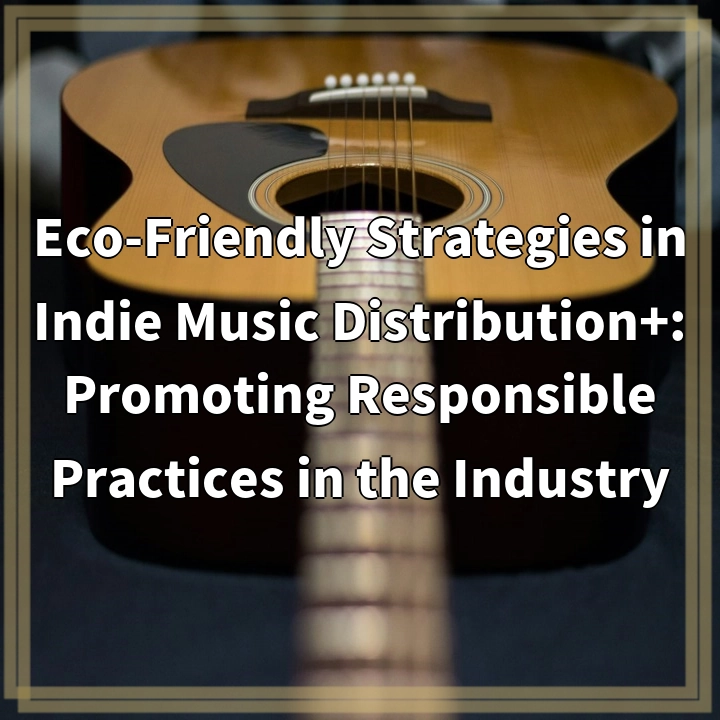
What is Water Pollution?
Water pollution refers to the contamination of water bodies such as rivers, lakes, oceans, and groundwater, by harmful substances or pollutants. These pollutants can come from various sources, including industrial activities, agricultural practices, improper waste disposal, and urban runoff.
Real-World Problems Associated with Water Pollution
Water pollution poses a significant threat to our environment and the health of both wildlife and human populations. Here are some of the primary real-world problems associated with water pollution:
Destruction of Aquatic Ecosystems
Water pollution has devastating impacts on aquatic ecosystems. Pollutants, such as chemicals and nutrients, can disrupt the balance of aquatic life, leading to the death of fish, plants, and other organisms. This disruption can have cascading effects on the entire ecosystem, affecting populations of other species and the overall health of the ecosystem.
Threat to Human Health
Water pollution can result in serious health risks for humans. Contaminated water sources can carry disease-causing microorganisms, such as bacteria, viruses, and parasites, that lead to waterborne illnesses. Consumption or contact with polluted water can result in gastrointestinal infections, skin irritations, respiratory problems, and even long-term health issues.
Impact on Agriculture and Food Chain
Water pollution can have detrimental effects on agriculture and food production. When water bodies are polluted, they can contaminate irrigation water, leading to the uptake of pollutants by crops. This can reduce crop yields, affect the quality of food produced, and even make the crops unsafe for consumption. Additionally, pollutants can accumulate in the tissues of aquatic organisms, leading to bioaccumulation up the food chain.
Economic Consequences
Water pollution can have significant economic consequences. Contaminated water sources may be unsuitable for various industrial activities, leading to reduced productivity and increased costs. Additionally, industries that rely on clean water, such as tourism and recreational businesses, may suffer as polluted water bodies become unattractive to visitors. The cleanup and restoration efforts required to address water pollution also come with substantial financial burdens.
Threat to Drinking Water Supplies
Water pollution can jeopardize the availability of clean drinking water. With increasing pollution levels, water treatment plants face challenges in effectively removing contaminants, which can lead to compromised drinking water quality. This poses serious health risks for communities who rely on these water supplies, especially in areas without access to alternative sources of clean water.
Environmental Imbalance
Water pollution disrupts the natural balance of ecosystems and negatively impacts biodiversity. Certain pollutants can deplete oxygen levels, create oxygen-starved areas known as dead zones, and harm or kill marine life. The loss of keystone species and the disruption of ecological processes can have far-reaching consequences, including cascading effects on other species and the long-term stability of ecosystems.
It is crucial that we understand the dangers of water pollution to drive collective action towards its prevention and mitigation. By recognizing the real-world problems associated with water pollution, we can work towards sustainable solutions to protect our water resources for future generations.

Solutions to Water Pollution
Addressing water pollution requires a combination of individual actions, government regulations, and technological advancements. Here are some solutions to combat water pollution:
1. Reduce Industrial Pollution
Industries should adopt cleaner production methods and implement effective wastewater management systems to minimize pollutant discharge. Technologies such as advanced filtration and treatment processes can help remove harmful substances before releasing wastewater into water bodies.
2. Implement Sustainable Agricultural Practices
Agricultural practices need to prioritize sustainable approaches to minimize water pollution. This includes better nutrient management, reduced pesticide and fertilizer use, and implementing erosion control practices to prevent runoff of agricultural chemicals into water sources.
3. Improve Municipal Wastewater Treatment
Municipalities should invest in modern wastewater treatment facilities to ensure effective removal of contaminants before discharging treated wastewater into the environment. Upgrading infrastructure and implementing advanced treatment methods can significantly reduce the pollution load entering water bodies.
4. Enhance Stormwater Management
Proper stormwater management is crucial to prevent urban runoff from carrying pollutants into waterways. Green infrastructure, such as rain gardens, permeable pavements, and retention ponds, can help capture and filter stormwater, reducing the amount of pollutants that reach water bodies.
5. Promote Source Protection and Conservation
Protecting water sources at their origin is essential to prevent pollution. This includes creating buffer zones around water bodies, implementing land-use regulations, and promoting sustainable land management practices that prevent soil erosion and chemical contamination.
6. Raise Awareness and Education
Increasing public awareness about the dangers of water pollution and the importance of clean water is crucial. Educational campaigns can help individuals understand the impact of their daily actions and encourage responsible water use, proper waste disposal, and the adoption of environmentally friendly practices.
7. Strengthen Regulatory Frameworks
Governments should enforce strict regulations on industries, agriculture, and waste management practices to reduce pollution. Monitoring and enforcing compliance with water quality standards can help ensure businesses and individuals are accountable for their actions.
By implementing these solutions collectively, we can protect our water resources, preserve ecosystems, and safeguard human health from the dangers of water pollution.















